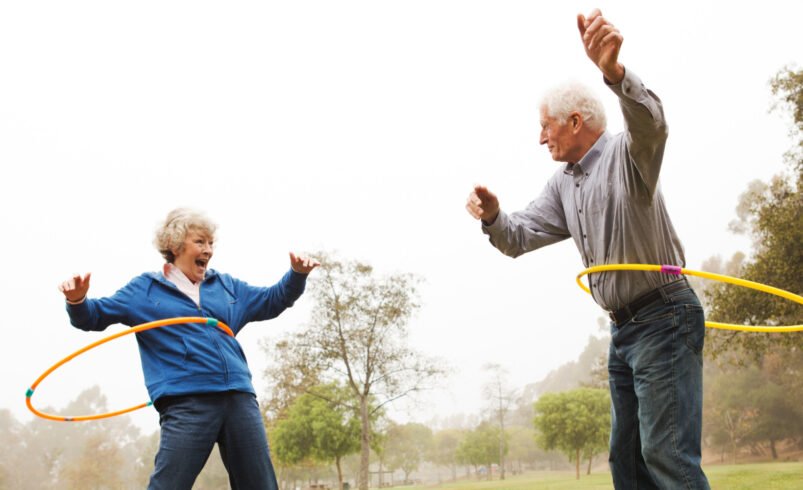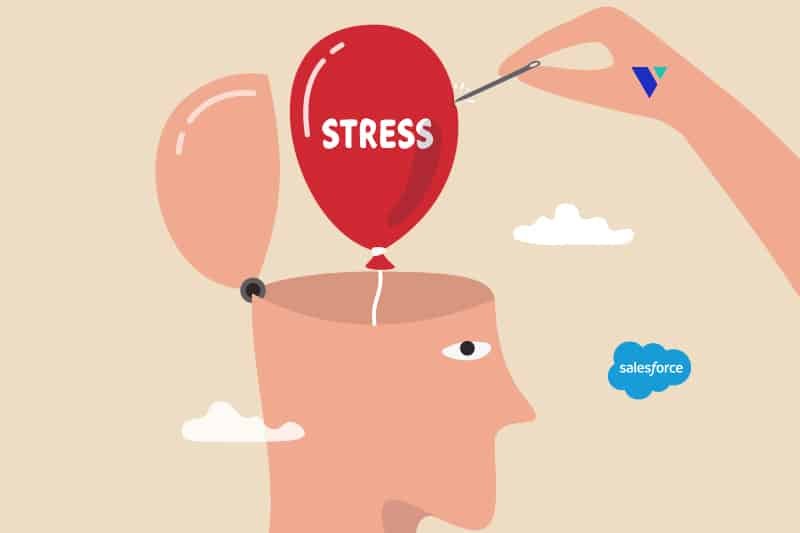Small Changes That Keep Older Adults Healthy at Home

Getting older doesn’t mean giving up on staying healthy and independent. Most people want to age in their own homes, surrounded by familiar things and memories. The good news is that small, simple changes can make a huge difference in keeping older adults safe, healthy, and happy right where they are.
Making the Home Safer Without Big Renovations
Most people worry about falls when they think about aging at home, and they should. A bad fall can change everything in seconds. But here’s the thing – you don’t need to tear apart the house or spend thousands of dollars to make it safer.
Grab bars in the bathroom are probably the best investment anyone can make. They cost maybe forty bucks at the hardware store, which is less than most people spend on takeout in a week. But they could literally save a life or prevent a broken hip that changes everything.
Throw rugs look nice, but they’re basically trip hazards waiting to happen. Either get rid of them completely or use that double-sided tape underneath so they don’t slide around when someone steps on them. It seems small, but most falls happen because people catch their foot on something unexpected.
The lighting situation in many homes is pretty terrible. Nobody wants to admit they can’t see as well as they used to, but stumbling around in dim hallways is dangerous. Those motion sensor lights you can stick on the wall work great – no wiring needed, and they turn on automatically when someone walks by. Even just putting brighter bulbs in the main areas makes a huge difference.
Staying Connected to Health Resources
When health concerns arise, having the right support makes all the difference. Many families find that connecting with a reliable home care agency near me in Philadelphia or their local area provides peace of mind and professional guidance. These services can help monitor health changes and provide assistance with daily activities when needed.
Regular check-ins with healthcare providers become more important with age. Setting up a simple system for tracking medications, appointments, and health changes helps older adults stay on top of their care. A basic calendar or notebook works just as well as fancy apps for most people.
Technology can help too, but it doesn’t have to be complicated. Simple medical alert systems give both seniors and their families confidence. Many newer systems work through smartphones and don’t require bulky equipment or monthly fees.
Creating Healthy Daily Routines
Small changes to daily habits often have the biggest impact on long-term health. Starting the day with a few minutes of gentle stretching or light exercise keeps joints moving and muscles strong. This doesn’t mean joining a gym or doing intense workouts. Simple chair exercises or walking around the house counts as movement.
Eating well becomes easier with some planning ahead. Preparing simple, nutritious meals and keeping healthy snacks readily available prevents the temptation to skip meals or eat poorly. Keeping fruits and vegetables washed and cut up in the refrigerator makes healthy choices more convenient than reaching for processed foods.
Staying hydrated is crucial but often overlooked. Keeping a water bottle nearby and setting gentle reminders throughout the day helps maintain good hydration habits. Many older adults don’t feel thirsty as much as they used to, so having visual cues helps.
Maintaining Social Connections for Better Health
Being alone too much actually makes people sick. It sounds dramatic, but doctors have proven that loneliness can be as bad for health as smoking. The good news is that staying connected doesn’t mean having to go out and socialize every single day.
A phone call with an old friend can completely change someone’s mood and energy level. Video calls with grandkids are even better – seeing their faces and hearing about school or sports gives people something to look forward to. Even joining online groups about hobbies or interests counts as social time.
Some people worry about being a burden if they invite neighbors over, but most neighbors actually appreciate the connection too. A simple coffee and chat can turn into a regular thing that both people enjoy. Senior centers get a bad reputation, but many of them have really interesting activities and classes. Plus, a lot of communities have vans or buses that pick people up if driving isn’t an option anymore.
Keeping busy with things that matter personally makes a huge difference in how someone feels day to day. Maybe it’s tending to houseplants, doing crossword puzzles, or learning to use a tablet to stay in touch with family. Even if arthritis makes some activities harder, there are usually ways to adapt them. The point is having something to care about and work on.
Managing Health Changes Proactively
Bodies change as people get older – that’s just reality. But there’s a difference between normal aging and something that needs attention from a doctor. The trick is knowing which is which before things get serious.
If someone suddenly feels exhausted all the time when they used to have plenty of energy, that’s worth checking out. Same thing if they stop sleeping well after years of good sleep, or if food just doesn’t taste good anymore. These changes might be normal, or they might be signs of something treatable. Writing things down helps spot patterns that might not be obvious day to day.
Pills can get really confusing really fast. When someone takes five or six different medications, it’s easy to forget what they already took or double up on something. Those weekly pill organizers from the pharmacy work great – fill them up once a week and then it’s obvious what’s been taken and what hasn’t. Some people prefer setting phone alarms, but honestly, the old-school pill box method works just fine.
Doctor visits go much smoother when there’s a current list of everything someone takes, including vitamins and supplements. Doctors need to know about all of it because some things don’t mix well together. Keeping that list updated and bringing it to every appointment saves time and prevents problems.
Building a Support Network That Works
The strongest health plan includes people who care. Whether it’s family members, friends, neighbors, or professional caregivers, having a network of support makes aging at home safer and more enjoyable.
These small changes add up to make a big difference in quality of life and health outcomes for older adults. The key is starting with one or two changes and building from there. Every small step toward better health and safety at home is worth celebrating and can lead to many more years of independent, healthy living in the comfort of familiar surroundings.




